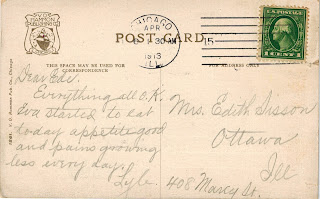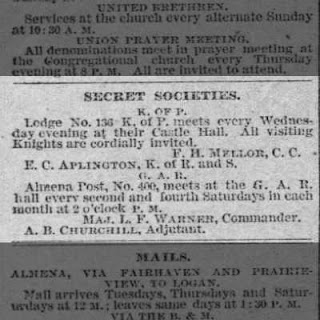With the magnificent snow-capped peaks of the Cascade Mountains in the distance, the emigrants kept heading north towards The Dalles and the Columbia River. To get there, they would have to cross the Deschutes River. As they traveled, they searched for the best place to make that crossing. The cliffs were steep and the water very swift, so finding a safe place to lower the wagons and ferry across the river was no easy task.
On September 26th, Tetherow and Meek, along with their companies, joined with the Riggs group. It was decided that they would proceed together as one group to the Columbia beginning the following day. Many, like James Field, had contracted Camp Fever. All were hungry and in need of water. Before they left, Samuel Parker noted in a diary that six dead were buried.
For three days they traveled and then had to ascend Bull Mountain, a double-teamed ascent described as "horrendous". Along the way, 5 more dead were buried.
"The place at which we struck the Deschutes river presented the
most unfavorable place for crossing that could be imagined.
The river is, at that point, four rods wide, flowing between
perpendicular walls of basalt, the water very deep and the
current very rapid."
William A. Goulder
a trail diarist
The group found the smoothest path down and worked together to lower a wagon using drag teams. This first group down included Meek, his wife Elizabeth, and a man named Olney. They devised a system of ropes to use in crossing the river and made it to the other shore. There they borrowed horses from the Indians fishing in the canyon so they could hurry to The Dalles to secure supplies and alert the Mission and community that the wagons would soon arrive. Meek bought food, axes, ropes, and pulleys with his own money and tried to enlist help. The missionaries refused to help as they were occupied helping the local Indians, but an old mountaineer called Black Harris volunteered his service as a pilot. He returned to the canyon with the supplies purchased by Meek.
"He in company with several others, started in
search of the lost company, whom they found
reduced to great extremities; their provisions nearly
exhausted, and the company weakened by exertion,
and despairing of ever reaching the settlements."
Joel Palmer
a trail diarist
The emigrants were encouraged by the knowledge that their journey was now near its end, and with the additional supplies, they began work immediately. They caulked the remaining wagons tightly with tar to prepare for the crossing, then lowered them to the river. Indians in the area offered their assistance, and with their help, the livestock, all the people, and the wagons were safely ferried across the Deschutes. They crossed at a place now called "Sherar's Bridge" (on today's HWY 216), a crossing which would become known as the "the most amazing feat of all".
"Our friends, white and red, are on the opposite bank of the river
having arrived from The Dalles, bringing axes and ropes and other
implements and materials to assist in the task of crossing. They are
led by a brave old mountaineer, one of the noblest...who was known
to everybody as "Black Harris." They are soon at work improvising
temporary floating structures and suspension bridges. Pretty soon
and Indian is seen to plump into the river with the end of a long rope
in his mouth, and swim over to our side. Now it is necessary for some
of our party to be on the other side to look out for the running gear
of the wagons that are fastened to the ropes and thus dragged through
the water. In order to test the strength of the rope and the safety of this
method of transit, the rope was passed around my body, just under my
arms, and I was dragged through the raging torrent to the other side.
I could but feel that I was in the hands of my friends, not could I be
insensible to the fact that the water was of icy coldness, just being
lately arrived from the snowy brow of Mt. Hood. It has been my good
fortune to enjoy some very cool and refreshing baths, but nothing in
my experience ever equalled this one. Several of the young men
followed my example, while the main body of the company waited
for more elaborate contrivances."
William A. Goulder
It took about two weeks to get the entire group across the river. Wagon by wagon, with the ill and injured going first, the train was ferried across. Once on the other side, a journey of about 30 miles remained to reach The Dalles. With so many of the emigrants ill, some close to death, this distance was still a long way to go. The suffering endured during these last weeks of the journey was indescribable. More than a dozen people died from the Camp Fever. Others died from malnourishment and dehydration. The oxen, horses and the cattle were also in poor condition.
The last wagon finally arrived in The Dalles in mid-October. Some of the illest emigrants died in the weeks following their arrival, but others began to gain strength and recuperate. The missionaries at the Wascopan Mission tirelessly nursed the Meek party once they arrived. When well, many hired Indians to take them in canoes or on rafts down the Columbia to the Willamette River, where they continued first to Oregon City, and from there to their final destinations.
The Riggs family, which included son-in-law James Miller Allen, escaped disaster and somehow all arrived alive. James B. Riggs took his family to his claim on Salt Creek in what would become Polk County. They arrived exhausted physically and financially and then had to begin the hard work of settling the homestead.







































